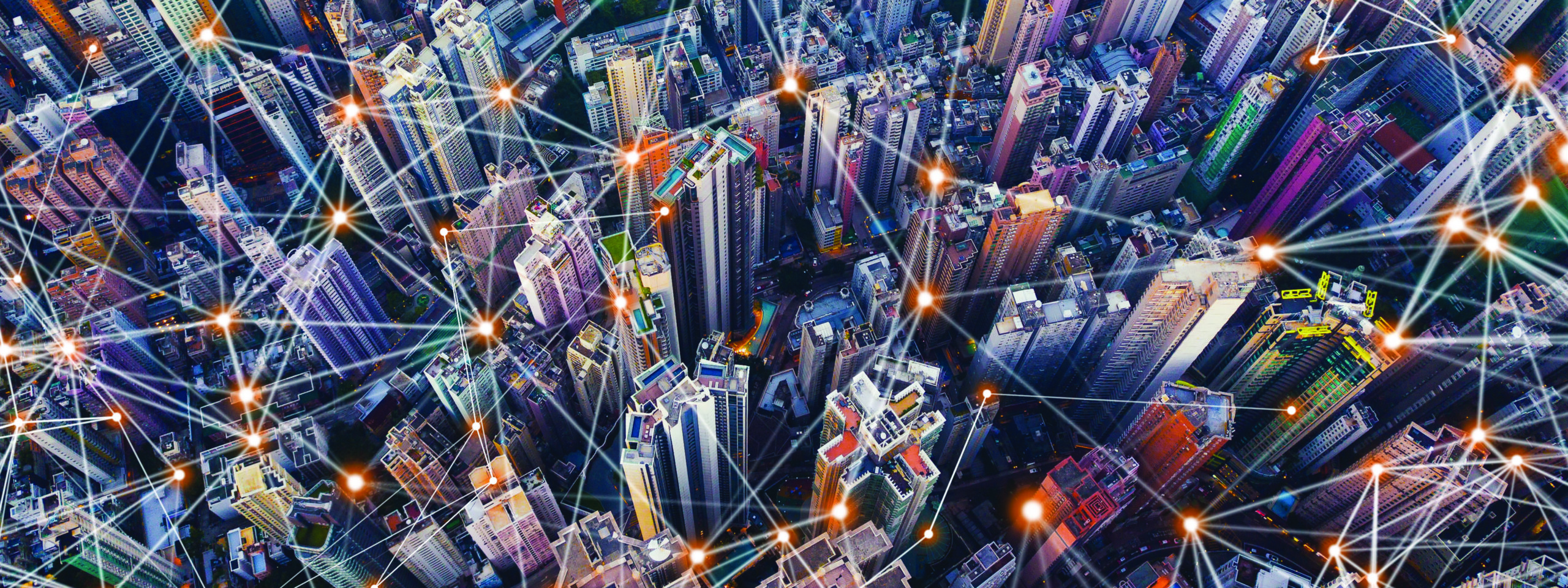
Australians increasingly expect a ‘digital front door’ when they access services. How does this change their experience of entering the real front door? We asked Stantec’s new smart buildings lead, Irina Lindquist.
“Demand for digital is the single most important trend to emerge from the pandemic,” Lindquist says, pointing to a recent Deloitte report which found almost 90 per cent of Australians engaged with government services online in 2020.
According to A blueprint for enhanced citizen experience, Australian Government websites clocked 1.7 billion visits since the pandemic began in March 2020. People aged 15 and over are now transacting with the government more than once a week. These statistics foreshadow a future ‘digital front door’, Lindquist says.
“Consumers are demanding digital services and they also expect higher standards of health and safety. Demand is not just coming from government regulation but also from the end users of buildings.”
The pandemic has certainly poured petrol on proptech. The global smart buildings market is projected to grow from $87.2 billion in 2020 to $143.3 billion by 2025, at a compound annual growth rate of 10.5 per cent.
Where smart building systems were once the preserve of security and energy management, new requirements to manage building occupancy levels and social distancing – alongside convenience, flexibility and ease of reach – are accelerating adoption.
Touchless technology will be the “gateway” to greater investment in smarter building technology, Lindquist explains. Over time, we can expect convergence between traditional smart buildings applications and COVID-19 responses.
Lindquist has returned to Australia after five years in Scandinavia, where she championed smart buildings solutions for Schneider Electric. She says Australia’s digital maturity, while “up and coming,” is lagging Scandinavia. “Adoption and trust in digital technology is so well embedded in society that everyone from nine to 90-year-olds have advanced digital literacy skills. We need to build upon the need for a digital front door while creating the accessibility and trust in robust and flexible technology.”
Trust is the bedrock of digital technology adoption in buildings, she adds. “If I don’t trust the touchless service call, I won’t use my mobile to access it.” For building owners, this means delivering “intuitive and simple” services. “You build trust by providing robust and secure services that aren’t driven by regulation or fancy tech, but by simplicity, resilience and useability.”
There are clear challenges ahead. Chief among those is the “misalignment between government initiatives, incentives and integration of standards”. Another challenge is “the lack of alignment between technology demand and skilled professionals”.
“But we are definitely seeing a shift towards integrated solutions – eliminating the silos between disciplines, removing gaps between capital investment and the operational cycle, and looking at technology as an investment in efficiency, sustainability and profitability throughout a building’s lifecycle.”
Ultimately, smart building technology can help communities prepare for future: for sustainability, emergency situations and pandemics alike. “Digital should become a feature of every building as a core part of business continuity,” Lindquist concludes.
Find out how Stantec is helping make buildings smarter, more sustainable and better places for people.